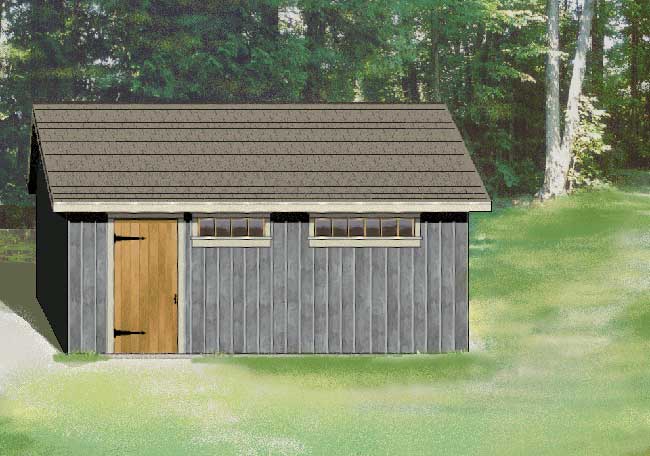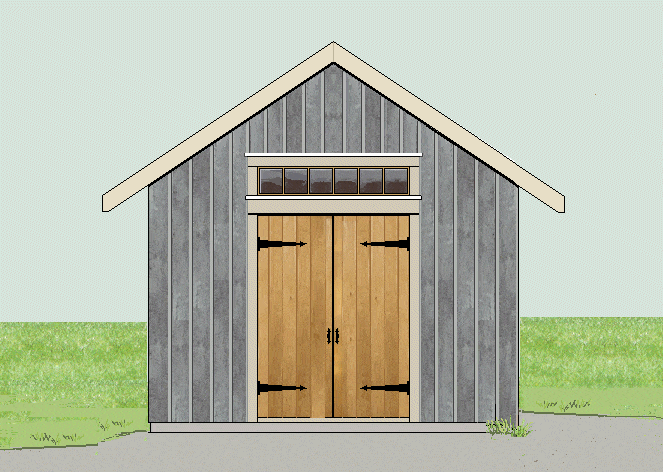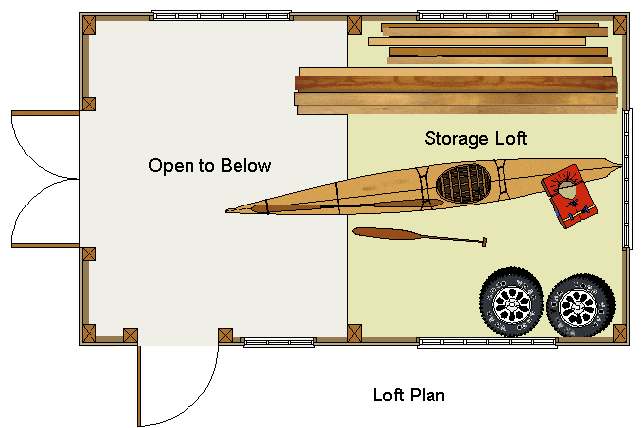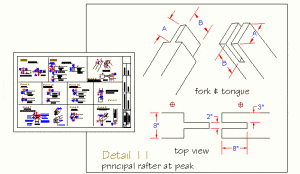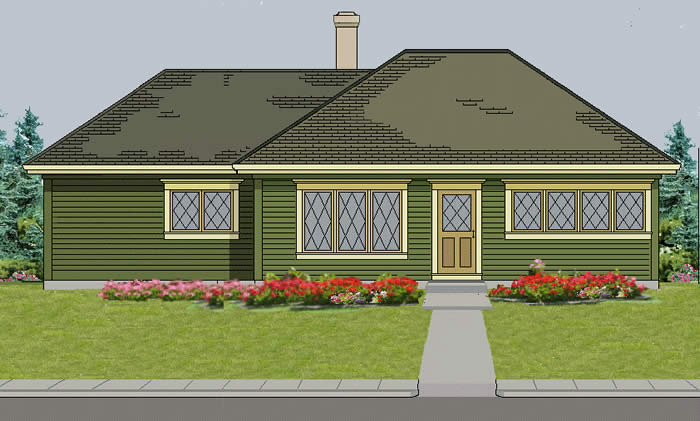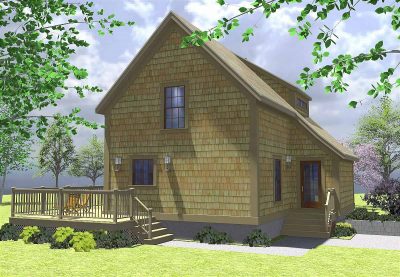Description
This 12×20′ shed has a decidedly old time industrial look, with no windows except long narrow ones with single panes fairly high up, for light.
These work very well, particularly on a north facing wall. We have built many studios over for the years for artisans of all types; painters, wood sculptors, stained glass artists, etc. They prefer the north light because it makes no shadows.
We like the fact that would be thieves cannot easily see into the shed without some effort. Laziness seems to go hand in hand with thievery. Generators, chainsaws, power tools, etc., may be a temptation best left unseen.
Many old Nova Scotia barns have that long row of single panes over the big main door. That door opens to what was called the “threshing floor”, and cattle and other things were on each side. The threshing floor was usually kept clear, so a wagon (loaded with hay, veggies, etc.) could be brought inside during an emergency, usually a weather event. It was also used for building projects, repairs during the winter.
Back to the point – the windows were crucial to let in light when the big door was closed, and it almost always was. My grandfather used to refer to those windows as “lights”.
The whole set of Shop Prints for the Ultimate Shed consists of 21 pages. At right we have included a sample of the joinery details. You can click on these details and enlarge to see the level of information we provide.
Although these drawings contain much more information than a timber framer would normally require, it is recommended that you have some experience in the actual cutting of timber joinery. There are several good books on the market that explain the most common cutting methods. An excellent choice, in my opinion would be:
A Timber Framer’s Workshop:
Joinery, Design & Construction of Traditional Timber Frames
By Steve Chappell
Features of the Ultimate Shed drawings
1. Shop Tips and Instructions
Seven pages of shop tips, rules-of-thumb, and general timberframing wisdom.
2. Nailer plan
The nailer system is a time proven method of enclosure, seen in old barns across north America. Nailers are small members that span between posts horizontally, and as their name suggests, are used to nail vertical sheathing, often board and batten .
3. Joinery
There are detailed drawings of all the joints in the frame, as well as peg placements.
4. Timber List
Each timber is listed with its dimension and length.
Your Package Contains:
- Page 1 – Elevations
- Page 2 – Elevations (options)
- Page 3 – Ground Floor Plan
- Page 4 – Loft Plan
- Page 5 – Bents 1 & 2
- Page 6 – Bent 3
- Page 7 – Timber Elevation 1
- Page 8 – Timber Elevation 2
- Page 9 – Loft Framing Plan – 4×6 Joist Option
- Page 10 – Loft Framing Plan – 2×6 Joist option
- Page 11 – Timber Roof Framing Plan
- Page 12 – Labeling Plan
- Page 13 – Joinery Details 1-2A
- Page 14 – Joinery Details 2B-3
- Page 15 – Joinery Details 4-5
- Page 16 – Joinery Detail 6
- Page 17 – Joinery Detail 7
- Page 18 – Knee brace details
- Page 19 – Generic Enclosure Options (insulated)
- Page 20 – Generic Enclosure Options (un-insulated)
- Page 21 – Timber List & notes
Blueprints are provided as digital files which you can print yourself at Staples or another print shop on easy-to-handle 11″ x 17″ (A3) paper.
Download is not instant; you will receive an email with the digital files within 2 business days.

